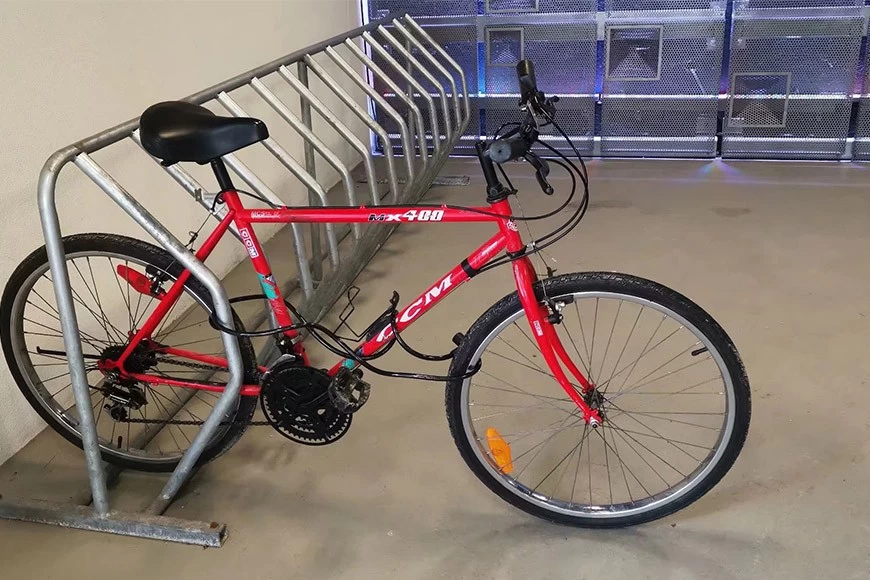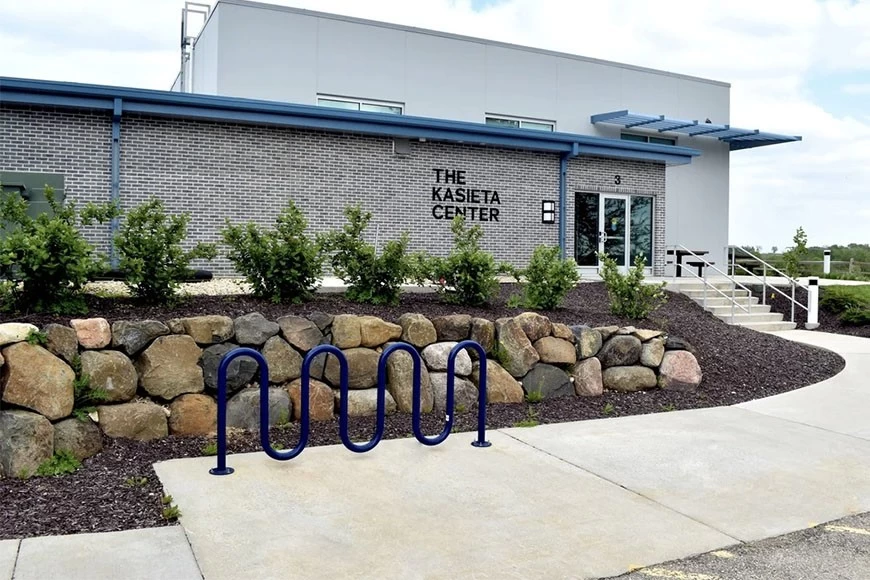Specifications
Model Number : PV-SC-001
Type: Bike parking and storage
Color:Yellow,Black,Green,Red,or Customized.
Style : both indoors and outside
Material : carbon steel
Loading: According to customer need
Size :195*23.2*75cm,200.55*23.2*75cm,or Customized.
Finish: hot-galvanized
Specifications
Model Number : PV-0081-01
Type: Bike parking and storage
Color:silver
Style : both indoors and outside
Material : carbon steel
Loading: According to customer need
Size :Height 1463mm, Depth 1114mm
Finish: hot-galvanized
Model Number : PV-0081-01
Type: Bike parking and storage
Color:Black
Style : both indoors and outside
Material : carbon steel
Loading: 2-10 bikes (According to customer need)
Size :Height 1463mm, Depth 1114mm
Finish: hot-galvanized
Model No.: PV-H1
Size: w605*D400*H330mm
Specification: Round tube:¢16*1.2mm
Finish: Power coated
Net Weight: 1.6 kgs
Packing size:6pcs/ctn
MOQ: 100pcs
Model Number : PV-0024-01
Material : carbon steel/stainless steel
Loading: according customer space size,we can design according the size
Size : W1977*D1130(depend on your parking space)*H2500mm
Finish: Powder coated ,hot-galvanized/electric polish
Packing size :2000*2000*2500mm(40 parking space )
Powder coated ,hot-galvanized/electric polish
Product number:PV-0046-01
Material:carbon steel
Specification:10.2*59*28CM or Customized.
MOQ:100PCS
Port:Shanghai
Trademark:PV
Model Number : PV-0081-01
Type: Outdoor Bike Parking Rack
Style : both indoors and outside
Material : carbon steel
Loading: 2-10 bikes (According to customer need)
Size :170.5*116*148CM
Finish: hot-galvanized
Model Number : PV-0055-01
Type: compact flat pack /slot
Color:black / silver /yellow/optional
Style :Outdoor/indoor
Material : carbon steel/ stainless steel
Capacity : park 6 bikes
Size : L1400*W1054*H840mm
Net weight :38KG
Finish: powder coating / hot galvanized /elctropolishing
Packing size :1490*860*160mm 1pcs/ctn
Product Name: Multi-Capacity Horizontal Two Tier Bike Parking Rack
Material: Carbon Steel
Finish: Powder coated
Post: 80mm * 80mm thickness: 3mm
Steel plate: thickness: 2mm
Dimension: 1325*1890*1830mm
Weight: 370 kg/set
Model: PV-0067-01
Material: stainless steel 304
Pipe: 50 mm* 2.5 mm
Size: 900*700 mm(L*W)
Surface treatment: polishing

In recent years, there has been a growing awareness of the importance of promoting healthy habits among individuals, especially in the context of educational institutions. Encouraging physical activity not only contributes to the overall well-being of students but also fosters a positive learning environment. One practical and effective way to promote a healthy lifestyle is through the installation of bike racks on educational campuses. This article delves into the numerous benefits of bike racks in educational institutions, exploring the positive impacts on physical health, environmental sustainability, campus culture, and academic performance. Additionally, it discusses various successful case studies, best practices, and potential challenges associated with implementing bike rack programs in schools and universities.
The sedentary lifestyle prevalent among students today has raised concerns about the long-term health consequences and the need for proactive measures to promote physical activity. Educational institutions, as influential settings in the lives of students, have a unique opportunity to encourage healthy habits that can last a lifetime. One such measure is the strategic placement of bike racks, providing an accessible and sustainable means of transportation.This article aims to explore the multifaceted benefits of installing bike racks in educational institutions, shedding light on their positive impacts on physical health, environmental sustainability, campus culture, and academic performance. By examining successful case studies and addressing potential challenges, we hope to provide valuable insights for institutions considering the implementation of bike rack programs.
The installation of bike racks facilitates active commuting among students. Cycling to and from campus provides a convenient and enjoyable form of exercise, helping students meet the recommended daily physical activity levels. This, in turn, contributes to improved cardiovascular health, weight management, and enhanced overall fitness.Physical activity is closely linked to mental well-being. Riding a bike can be a stress-relieving activity that allows students to clear their minds, reduce anxiety, and improve mood. The incorporation of biking into daily routines can positively impact mental health, creating a conducive environment for effective learning.
The environmental impact of traditional commuting methods, such as car travel, is a growing concern. Bicycles offer a sustainable alternative, producing zero emissions and minimizing the carbon footprint associated with transportation. By promoting cycling through the provision of bike racks, educational institutions contribute to a greener and more environmentally friendly campus.The presence of bike racks serves as a visible reminder of the institution's commitment to sustainability. It provides an opportunity to educate students about the environmental benefits of cycling and encourages them to adopt more sustainable practices in other aspects of their lives.
The installation of bike racks fosters a bike-friendly campus culture, where cycling is normalized and actively promoted. This cultural shift not only enhances the overall aesthetic of the campus but also creates a sense of community among cyclists.
Cycling encourages social interaction among students. Group rides, cycling events, and bike-sharing programs can bring students together, promoting a sense of camaraderie and community. This positive social aspect contributes to a vibrant campus life and a more inclusive educational experience.
Research has consistently shown a positive correlation between physical activity and cognitive function. Regular exercise, such as biking, has been linked to improved attention span, memory retention, and overall academic performance. Installing bike racks can indirectly contribute to enhanced learning outcomes by encouraging students to engage in physical activity.
Cycling can be a time-efficient mode of transportation, especially on large campuses. Students who bike to class may experience shorter commute times, allowing them to allocate more time to academic pursuits, extracurricular activities, and personal development.
Identifying high-traffic areas and strategically placing bike racks near entrances, academic buildings, and recreational spaces ensures visibility and accessibility. This encourages more students to choose cycling as a convenient and preferred mode of transportation.
Partnering with local bike organizations can provide valuable insights and support for the implementation of bike rack programs. These organizations often have expertise in promoting cycling, organizing events, and fostering a bike-friendly culture.
Institutions may face challenges related to limited infrastructure and space for bike racks. Addressing these concerns requires careful planning, collaboration with stakeholders, and creative solutions to maximize available space.
Safety is a paramount consideration when promoting cycling on campus. Institutions must invest in proper infrastructure, such as bike lanes and signage, to ensure the safety of cyclists and pedestrians. Education campaigns on bike safety can also address potential concerns.

The installation of bike racks in educational institutions represents a proactive and multifaceted approach to promoting healthy habits among students. From physical health benefits to environmental sustainability, campus culture enhancement, and academic performance improvements, the positive impacts of bike racks extend across various domains. By examining successful case studies, best practices, and potential challenges, educational institutions can make informed decisions about implementing bike rack programs, contributing to the creation of healthier and more sustainable campus environments.
As we move forward, it is essential to continue exploring innovative ways to promote cycling on educational campuses. Integrating technology, expanding bike-sharing programs, and conducting longitudinal studies on the long-term impacts of bike rack initiatives are avenues for future research and development. The commitment to creating healthier and more sustainable educational environments remains a dynamic and evolving journey, with bike racks playing a crucial role in shaping the future of campus life.